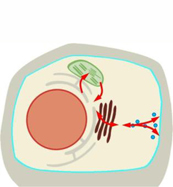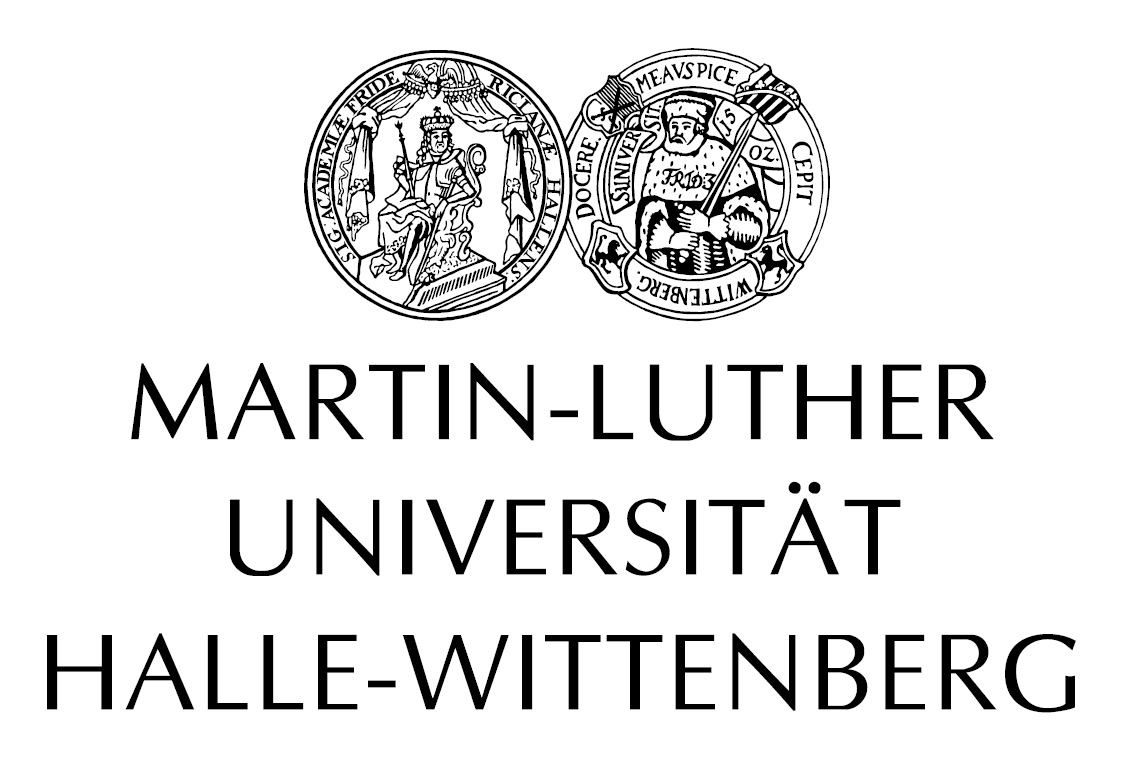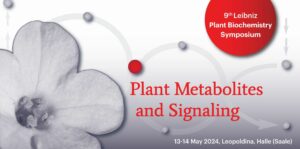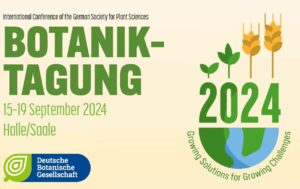// P01

Stress-induced redistribution of lipids between plastidial and extraplastidial membranes
Project Leader// Prof. Dr. Ingo Heilmann
Martin-Luther-University Halle-Wittenberg
Institute of Biochemistry and Biotechnology
Plant Biochemistry
Plants adapt their physiology and growth to match their environment. Salt and osmotic stress are important environmental cues and result in changes in gene expression within minutes to hours. Physiologically, hyperosmotic stress results in an immediate (i.e., within few seconds) loss of turgor, accompanied by plasmolysis of the plasma membrane (within seconds to minutes) and followed by the internalization of membrane area by bulk- flow endocytosis. Despite their importance, the mechanisms ensuring the integrity of the plant plasma membrane under osmotic stress are not well studied. The degree of unsaturation of membrane phospholipids is one critical factor stabilizing the plasma membrane during hyperosmotic stress. We have previously reported that hyperosmotic stress induces increased incorporation of long- chain polyunsaturated fatty acids (LCPUFAs) into membrane lipids. Interestingly, the content of LCPUFAs decreases in plastidial galactolipids, such as monogalactosyldiacylglycerol (MGDG), concomitant with the appearance of LCPUFAs in plasma membrane phospholipids. These findings led us to hypothesize that LCPUFA-containing plastidial lipids, such as MGDG, are sources for LCPUFAs that can be mobilized in a stress- dependent manner to be incorporated into extraplastidial membrane lipids. So far it is unclear how stress-induced mobilization of LCPUFAs from plastids to extraplastidial membranes may be achieved, and whether there is reimport of LCPUFAs or of lysolipids into plastids at later stages of adaptation to the stress. It is the overall goal of this project to elucidate the mode(s) of stress-induced LCPUFA trafficking from and to the plastid and its relation to plant membrane trafficking. The project is subdivided in the following work packages:
- Monitor organellar contacts between plastids and ER and/or between ER and plasma membrane during osmotic stress by confocal microscopy
- Determine molecular details of the membrane-membrane contacts
- Use biochemical lipid analysis to monitor bidirectional metabolic exchange between plastidial and extraplastidial membranes
- Determine the effects of LCPUFA production both during initiation and during termination of the salt response
- Characterize salt responses of mutants with defects in membrane-membrane contacts




